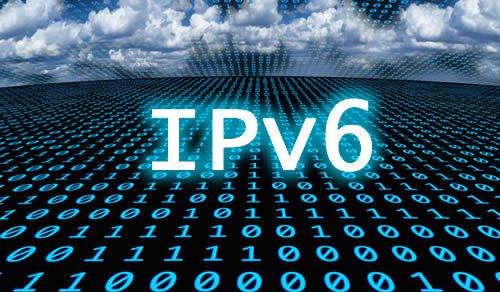Optimizing IPv6 Router Settings for Maximum Performance
August 22, 2024
11 min read
JasonLake
Related Courses
Enhance your knowledge with these recommended courses

IPv6 Zero to Hero Course
IPv6 Theory and Design training course. This is the only IPv6 self-paced learning course that covers the most important IPv6 topics at an affordable cost.
$49
View CourseBecome an Instructor
Share your knowledge and expertise. Join our community of instructors and help others learn.
Apply Now
About the Author
JasonLake
I'm a network engineer who works for 8 years in the industry. I am trying to help people through my blogposts. Welcome to my blogs.
Share this Article
Subscribe for Exclusive Deals & Promotions
Stay informed about special discounts, limited-time offers, and promotional campaigns. Be the first to know when we launch new deals!